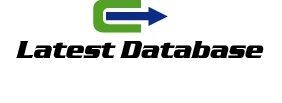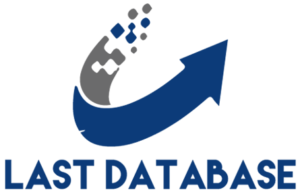Business Intelligence tools are transforming the way companies make strategic decisions.
In an increasingly data-driven world, it’s not enough to simply collect information – it’s essential to analyze, interpret and use it to drive business forward.
Imagine a manager who needs to understand which products are selling the most, which customers have the greatest purchasing potential or where the company can reduce costs.
Without a BI tool, this analysis can be slow, inaccurate, and require a lot of manual effort. With the right technology, however, these insights can be generated in minutes with interactive dashboards and automated reports.
But with so many options available, the question arises: which Business Intelligence tool should I choose?
Some are more intuitive, others have greater predictive analysis capacity, while some stand out for their integration with different data sources.
If you want to better understand the main BI tools , their features and how to choose the ideal one for your business, this article is for you.
Let’s explore the different categories of Business Intelligence solutions and how they can help you turn data into a competitive advantage.
What is Business Intelligence? What are the
Business c dialogue with interested participants Intelligence (BI) is a set of processes, methodologies and technologies that transform data into strategic information for decision-making. It allows companies to analyze trends, identify patterns and optimize operations based on concrete data.
BI tools are essential in this process, as they automate the collection, analysis and presentation of data, making information more accessible and understandable for managers and analysts.
Next, we will learn about the main Business Intelligence tools available on the market.
Most Popular Business Intelligence Tools
business intelligence tools
There are several BI solutions the same go for the time of day you send emails. available on the market, each with its own specific features. Some of the most popular tools include:
Power BI – Microsoft platform focused on data analysis and creation of interactive dashboards.
Qlik Sense – advanced BI solution focused on associative analysis and data exploration.
Tableau – highly intuitive and powerful data visualization tool.
Looker – Cloud-based platform that enables deep analytics and integration with modern databases.
Google Data Studio – Free solution from Google for creating dynamic reports and dashboards.
Each of these tools has distinct characteristics, serving different types of companies and needs. To better understand, let’s explore the categories of BI tools and their functionalities.
Data Visualization Tools
Data visualization tools are essential belgium numbers for transforming complex information into intuitive graphs, dashboards and reports. Some of the most commonly used are:
Power BI – Allows you to create interactive dashboards with integration to different data sources.
Tableau – Provides rich, dynamic visualizations to make data easier to interpret.
Qlik Sense – Stands out for its associative analysis and high performance in data exploration.
These tools help companies understand their data more clearly, allowing managers to make informed decisions quickly.
Data analysis tools What are the
Data analysis tools enable the discovery of patterns, trends and predictions from large volumes of information. Some of the best-known tools include:
Looker – Enables advanced SQL-based analytics and integration with multiple data sources.
Qlik Sense – Uses an associative analysis engine to reveal insights that other tools may miss.
IBM Cognos Analytics – Robust platform for data analysis and automated reporting.






